Troubleshooting Generator Transfer Switches 101
How a Generator Transfer Switch failure can cause lost power in half of you RV
Everyone,
A while back I published an article about troubleshooting failed electrical outlets in an RV. In addition to a tripped GFCI, a failed contact in a 50-amp ATS can cause half of the power to die in an RV, thereby killing half of your electrical outlets. Read on…
As promised, here’s a look at how your generator automatic transfer switch (ATS) works, and how to troubleshoot it when it’s not working properly.
But first, a few definitions:
ATS is an abbreviation for automatic transfer switch, and its job is to be a traffic cop between the pedestal shore power and your on-board generator power
They come in two sizes: 30-amp and 50-amp RV power
They can also include a built-in surge protector
Some also have EMS under/over voltage protection
There’s a 20- to 40-second delay after the generator starts up to wait for the power to stabilize before transferring over to it
The default is to use shore power unless the generator is running
More complex ATS systems can start your generator if shore power fails
WARNING: You will be working in an open electrical box with live voltages that are definitely lethal. If you’re not qualified to perform these tests yourself, find a qualified technician or electrician to do these tests for you.
OBSERVATION: Many times an ATS malfunction can be caused simply by loose or burned screw terminals securing the wires. DO NOT start tightening all the screws with a big screwdriver as you may break the terminals off of the relay/contactor.
I have this model Aiourx torque screwdriver rated for 5 to 55 inch-pounds (in-lbs) of torque which you can find on Amazon Here.
Show me the numbers!
You’ll really want to use a calibrated torque screwdriver set to the appropriate rating, usually 25 to 50 in-lbs or so. (That’s inch-pounds NOT foot-pounds)
As you can see from the block diagram below, an ATS will have one or two relays (a.k.a. contactors) that are basically big switches that are controlled by a magnetic coil. There’s also some kind of delay circuit to wait 20 seconds or so for the generator to start up, and an interlock to prevent both relays from activating at the same time.
There are three sets of power connections connected to the ATS: Incoming power from the campground pedestal, Incoming power from the generator, and Outgoing power to the RV’s load center. I’ve drawn the graphic at the top showing two-pole, split-phase 50-amp, 120/240-volt power, but the principles are exactly the same for single-pole, 30-amp, 120-volt power.
Here’s a quickie 30-amp ATS diagram showing you what’s happening inside of the relays. They’re just switches that make contact (red to red, white to white and black to black) when their solenoid coils are energized.
So when the coil has power, there’s a closed switch making a connection between the red/red, white/white and black/black wires. When the coil has no power, then there’s an open switch with no connection between the red/red, white/white and black/black wires. Now you know how relays work. Pretty cool, eh?
Let’s divide ATS troubleshooting into five basic tests
TEST 1: Set your meter to the 600-volt AC setting and test for incoming shore power between the red/white, black/white and black/red wires inside of your ATS box. When plugged into shore power and the pedestal breaker is on you should read around 120-volts AC from white to red and white to black, and you should read around 240-volts (possibly 208-volts) between the black and red on 50-amp service. If not, then there’s a problem in the pedestal, adapters or cordset. Correct that problem before proceeding with the next test.
TEST 2: Start up your RV’s on-board generator. With your meter still set to the 600-volt AC scale, test the incoming power from your generator, which should measure 120 volts from red to white and black to white, and either 0 volts or ~240 volts from black to red, depending on if your generator is wired as 120/120 volts or 120/240 volts. Either way is fine, but if you don’t measure any voltage, then something is preventing the generator from producing power, possibly its own circuit breakers. Correct that problem before proceeding with the next test.
TEST 3: With the generator off, measure the outgoing voltage to your RV’s load center wire. It should measure exactly the same as the voltages you found in TEST 1 from the pedestal shore power. If not, then you have a loose connection or burned out contact on one of the relays controlling shore power.
TEST 4: Power up the generator and wait 20 seconds for the controller to time out. You should observe the relay clicking in, indicating that RV power should now be coming from the generator. If it doesn’t click in, then the timer circuit in your ATS has failed or the relay coil has opened up and you’ll need to repair it. That’s beyond the scope of this 101 course.
TEST 5: With the generator running and the relay clicked in, you should now measure the outgoing voltage to the RV’s load center wires. It should read exactly the same voltages as in TEST 2 above. If only one of the legs has 120-volt power, but the other one has around 0 volts, then there’s a burned contact in the generator relay. You’ll need to replace the entire ATS unit unless you can find an exact replacement relay/contactor.
If you have a problem with generator or shore power and you have an ATS, follow the steps above then divide and conquer. But once again, you’ll be working in a live electrical panel with lethal voltages, so if you’re not qualified for this type of testing, find someone who is qualified to perform these tests for you.
Let’s play safe out there…. Mike




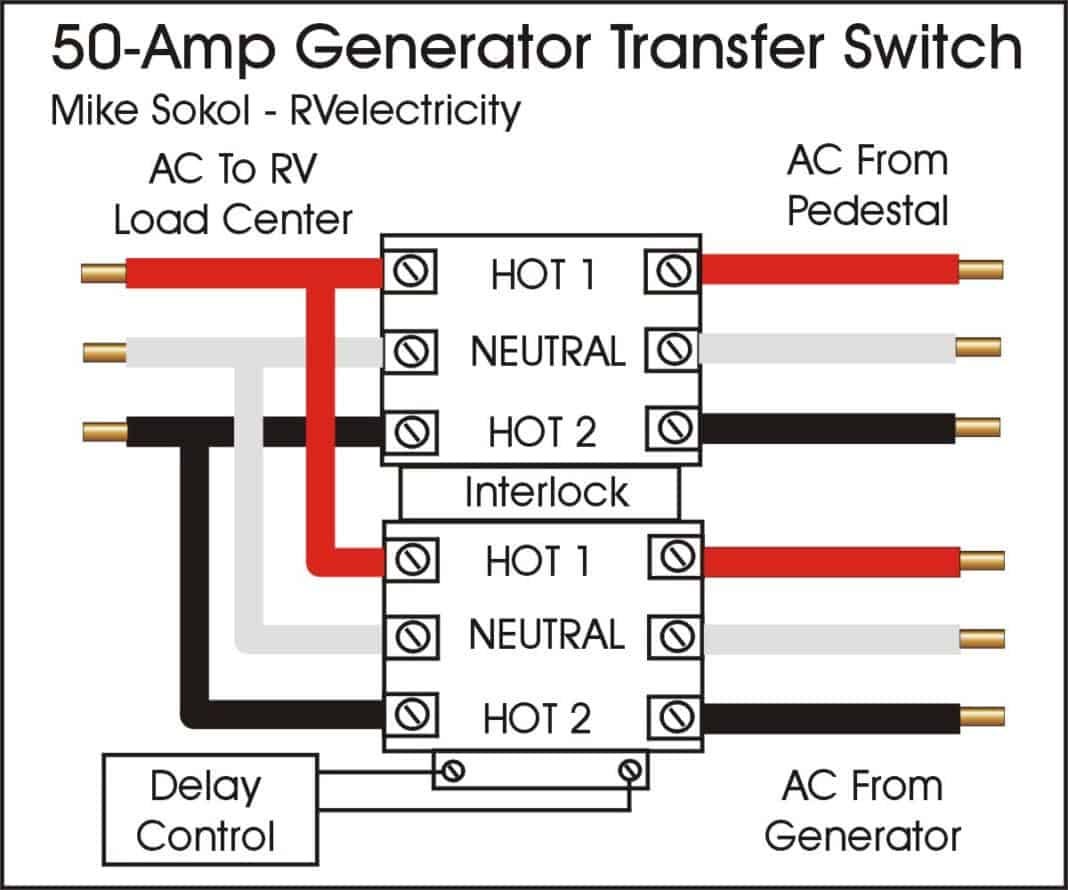
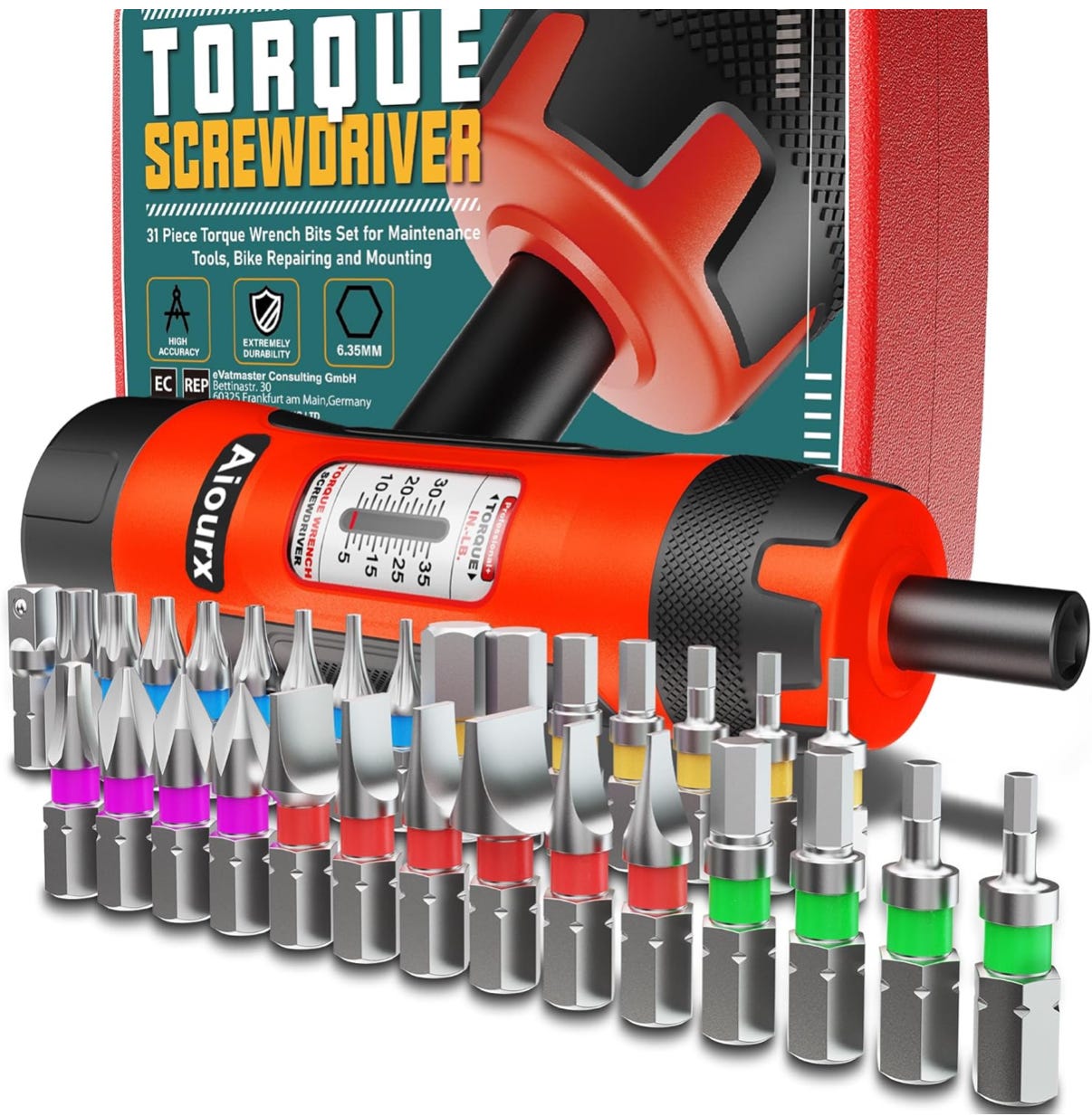
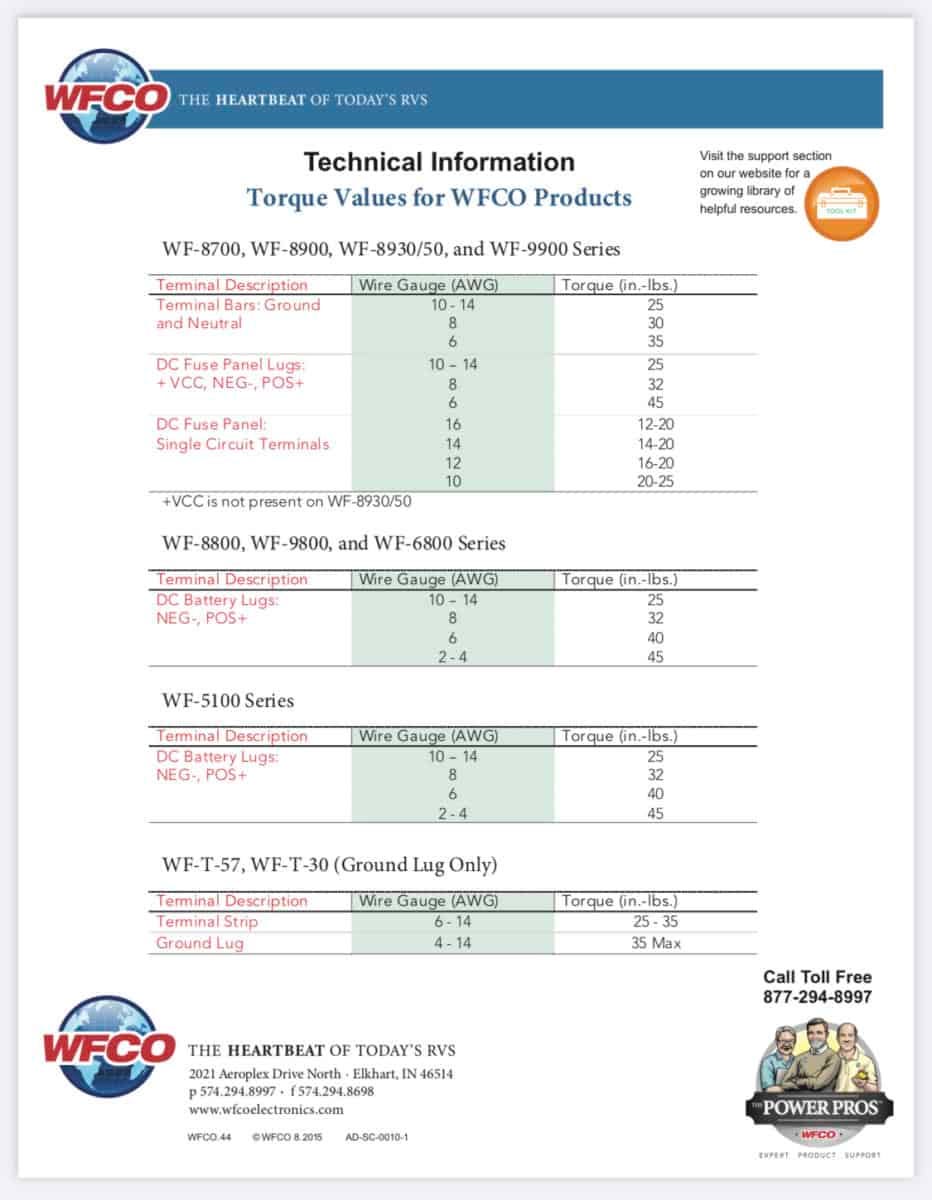
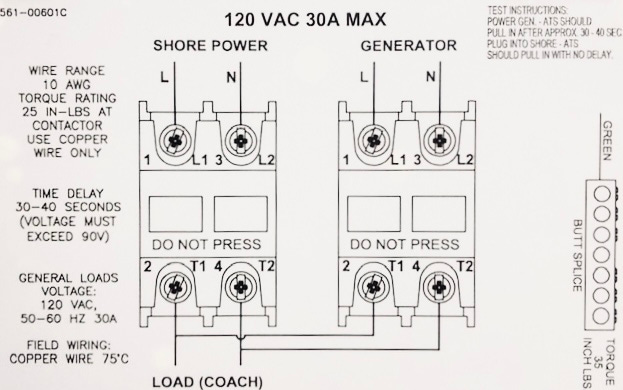
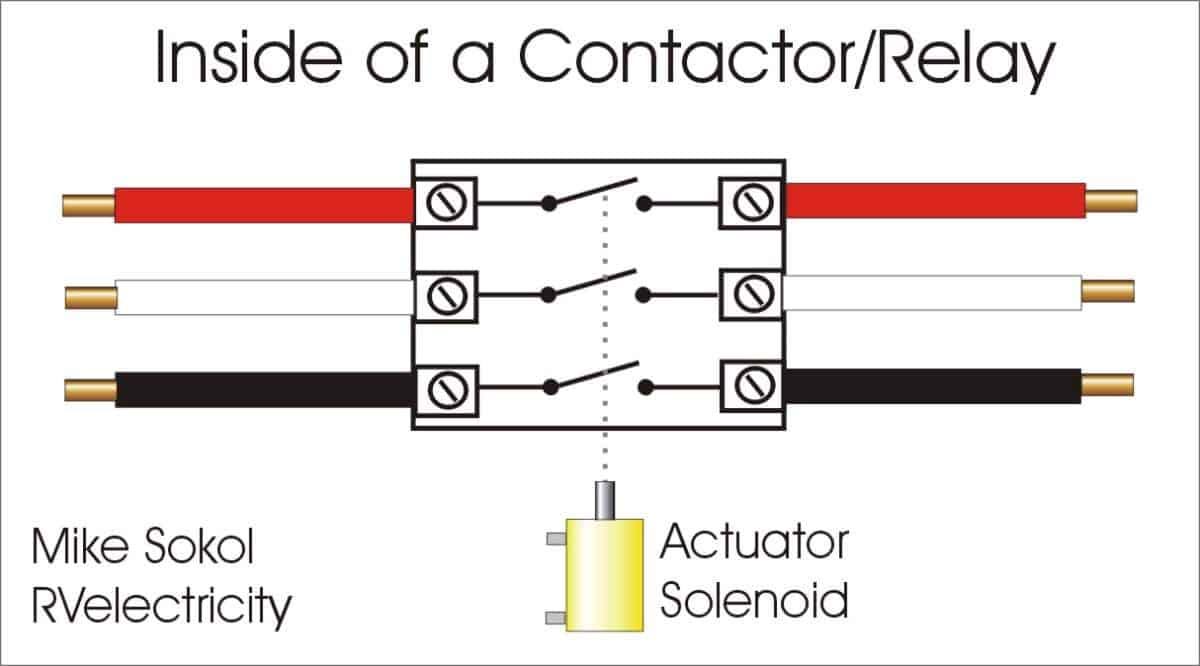


Great presentation, Mike. One that I had to figure out on the fly, not long ago. The end result of which was to replace the 50A ATS. The issue was presented when I plugged into shore power and one of the contractors would begin to chatter. Engage and disengage, repeatedly until the power was severed. I was not sure what part had failed, but was wondering if this could be troubleshot and repaired for a backup? It is a nice piece of equipment to just discard. Your thoughts on the matter would be greatly appreciated. Thank you for continued service to the community.
828900 confirming email.